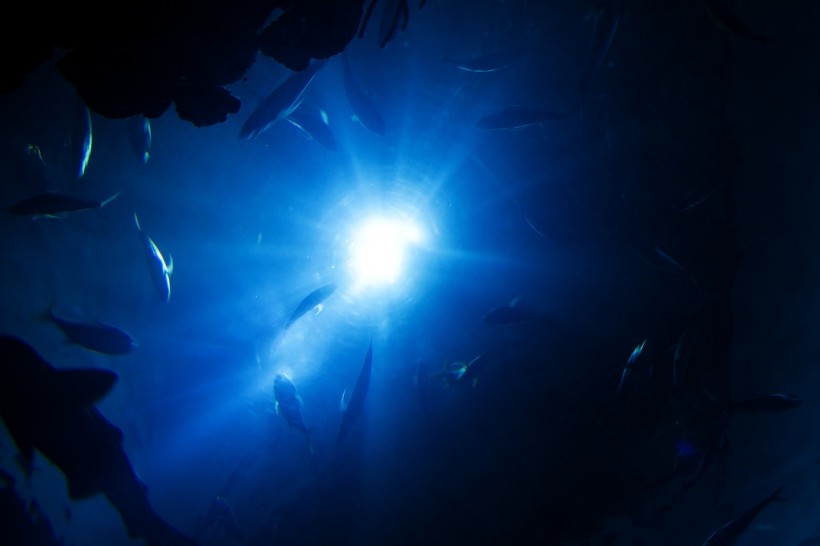A groundbreaking study contradicts the widely held belief that the majority of life in the ocean is powered by photosynthesis via sunlight. The findings demonstrate that many ocean microbes derive their energy from hydrogen and carbon monoxide in a process called chemosynthesis.
It has long been a mystery how bacteria develop in the deepest areas of the water without sunshine. The study, titled "Molecular Hydrogen in Seawater Supports Growth of Diverse Marine Bacteria" published in the journal Nature Microbiology, indicates that chemosynthesis drives microbes in these deepest depths.

How Do Ocean Microbes Live Without Sunshine in the Deep Sea? New Study Sheds Light on How Life Evolved in That Part of the World
Photosynthesis Vs. Chemosynthesis
The Sun's beams provide life to Earth, yet some intriguing lifeforms do not require light to survive. According to Science Alert, these organisms store energy in their chemical bonds through photosynthesis, some microorganisms rely only on the oxidation of inorganic substances such as hydrogen.
Whereas photosynthesis is the process of plants utilizing sunlight to synthesize foods from carbon dioxide and water, chemosynthesis is the process of synthesizing organic compounds by microorganisms or other living organisms using energy from reactions involving inorganic chemicals without sunlight.
Chemosynthesis was proposed as a possible source of energy for bacteria in the nineteenth century but it was not until the 1970s that it was validated when scientists discovered ecosystems surrounding deep ocean hydrothermal vents, as per the NOAA Ocean Exploration fact sheet.
Since then, the ability to capture energy through the oxidation of inorganic substances has been thought to be rare and restricted to harsh environments. However, new evidence from the sea reveals that this survival strategy is widespread around the world
The study, led by Monash University researchers in Australia, showed evidence that chemosynthesis becomes the predominant mode of life for invisible marine bacteria. Monash University microbiologist Chris Greening said that hydrogen and carbon monoxide-fed microbes in all regions and some can even be found in Antarctica's ice shelves.
Researchers explained that molecular hydrogen is a readily available source of energy that may be found in tiny levels in a wide range of habitats, from the atmosphere to the surface and even below, unlike sunlight.
READ ALSO: Oceanic Microbes Consume Methane 50 Times Faster, Regulating Earth's Temperature
Inspired by Soil Bacteria
As per the press release, the study combined chemical data taken during maritime trips with laboratory-based microbial culture characterization. The researchers also employed metagenomic sequencing extensively, which could tell the genetic blueprints of all of the bacteria present in a certain region of the ocean.
They found the genes that allow eight different phyla of microbes to consume hydrogen, as well as their survival strategy that grows more prevalent the deeper they reside.
The researchers were inspired for their experiment by their earlier work on soil bacteria. Professor Greening and colleagues have previously shown that the majority of soil bacteria can survive by ingesting hydrogen and carbon monoxide from the environment.
Generally, the surface layers of the oceans contain high levels of dissolved hydrogen and carbon monoxide gases because of various geological and biological processes. They believe that deep-sea microbes also use the same gases as their terrestrial cousins.
The findings provide insights into how life evolved, which suggests the first life probably emerged in deep-sea vents using hydrogen instead of sunlight as its source of energy. Then 3.7 billion years later, many microbes still use the same mechanism but it was only overlooked until now.
RELATED ARTICLE: How Deep-Sea Hydrothermal Vents Create Thriving Microbial Food Webs
Check out more news and information on Biology in Science Times.














